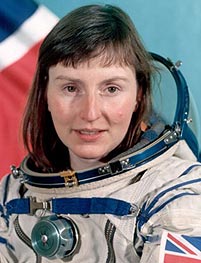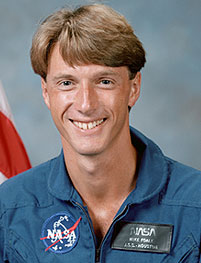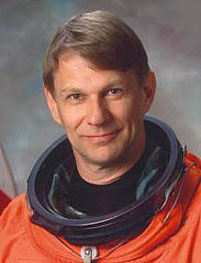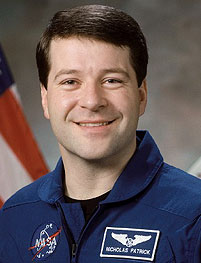The British National Space Centre, the UK government's civil space programmes coordinating body, is expected to announce on 13 September, the possibe future training of a small astronaut corps for missions in the near term, as part of the recommendations of its UK Space Exploration Working Group's report.
A decision to investigate, plan and consider a corps and missions, either as an independent national effort or as part of a European Space Agency or NASA led programme, would be the biggest change in UK space policy since the beginning of the space age 50 years ago. The UK is the only G-8 country that is not involved in human spaceflight.
The UK Space Exploration Working Group report reviewed the World's space agencies' plans including their ongoing multi-agency Global Exploration Strategy (GES) work and assessed what opportunities and benefits exist for UK participation.
The report discusses the wider benefits of space exploration to science, education, commerce and culture, and makes recommendations about possible UK involvement in both robotic and human elements of the GES.
This year UK government has been reviewing its space policy to produce a new space strategy, the publication of which is expected in the next few weeks.
The UK rejected its involvment in human spaceflight in the 1950s and cancelled its rocket programme in the late 1960s, with the first and final launch of a satellite in 1971. But despite the policy of successive governments not to be involved four Britons have gone into space.
In 1986 the Ministry of Defence's Skynet-4A communications satellite was to be launched by NASA's Space Shuttle Columbia on mission STS-61-H, so the UK had two mission specialists in training with the US space agency.
One specialist for the mission and one to be the backup. But the destruction of Space Shuttle Challenger in January 1986 during its ascent saw that mission cancelled. Skynet-4A was eventually launched in 1990 on a Boeing Titan III rocket.
However an intitiative led by the London based Moscow Narodny Bank, a subsidiary of the Soviet Union's Vnesheconombanka bank, in 1989 saw a competition for a UK citizen to fly to the Russian Mir space station.
Managed by Brunel University's Institute for Bio-Engineering, Helen Sharman and Major Timothy Mace of the British Army air corp were selected for training, originally from 13,000 applicants, and then Sharman was selected for the mission, with Mace as her backup.
|
|---|
Helen Sharman |
The Narodny bank had wanted the mission to be funded by sponsorship but it never raised the financing needed and ultimately the mission only went ahead after then Soviet premier Mikhail Gorbachev approved it.
The Soviet space programme had had a long tradition of foreign cosmonaut missions and Sharman joined that in May 1991 during her eight-day Mir space station mission conducting science experiments.
Two years before Sharman applied to become a cosmonaut UK born Michael Foale, who had gained US citizenship, was selected as an astronaut candidate by NASA in 1987. He became the first UK man in space when he was chosen for Space Shutle Atlantis' mission, STS-45, which took place from 24 March to 2 April 1992.
Foale has had six missions in total and is the current US record holder for most cumulative time spent in space having logged 374-days, 11h and 19min in space. In 1997 he spent four months on Russia's Mir, during which he became the first Briton to conduct an extra-vehicular activity (EVA), inspecting exterior damage to the space station. Foale became a commander of the International Space Station (ISS) for its Expedition-8 in 2003.
|
|---|
Michael Foale |
|
|---|
Piers Sellers |
|
|---|
Nicholas Patrick |
Virgin Galactic's selected pilots are all British born Virgin Atlantic captains with military fighter aircraft experience. The SS2 will have a pilot and a co-pilot and Virgin Galactic chief operating officer Alex Tai intends to be the pilot for the first commercial flight. Tai expects the company to fly once a week initially.
Source: FlightGlobal.com




















